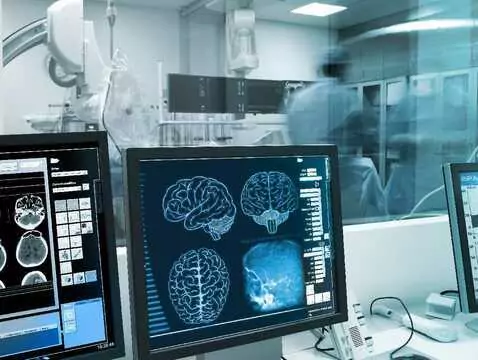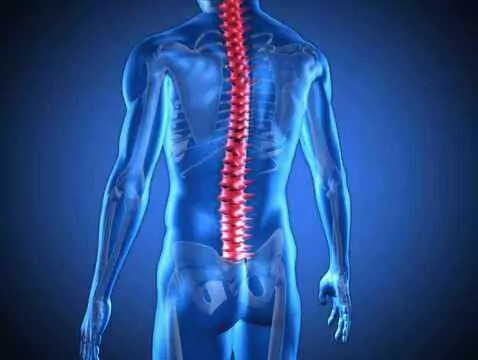Devic syndrome belongs to a group of demyelinating diseases that involve the central nervous system - particularly the spinal cord and optic nerve. Until recently, it was treated as a type, a variant, of multiple sclerosis, only to become a separate disease entity in the light of clinical findings. The main symptom is visual disturbance associated mainly with blurring or restriction of the visual field with accompanying symptoms.
Devic's disease NMO is classified as a demyelinating disease affecting the central nervous system (CNS), more specifically the spinal cord with the optic nerve. It is a chronic disease, where the main symptoms are disorders related to visual blurring, restriction of the visual field, inadequate perception of colours (especially green and red), which, as a result of worsening abnormalities and pathology, may even lead to blindness. As a result of the development of the disease process, symptoms such as paresthesias, muscle weakness or limb paralysis may appear. Due to the inflammation-induced changes in the course of Devic's disease, as well as the characteristic demyelinating lesions, until recently the entity was still considered a variant of multiple sclerosis, but it now occupies a separate place in the classification of diseases [1].
Autoimmune disease
Devic's syndrome, or myelitis and optic neuritis, belongs to a group of autoimmune diseases that is inflammatory-demilitarian in nature. The first descriptions of this condition can be found in the works of Eugene Devic (1874), a French neurologist. At the time, due to the nature of the lesions and the specificity of the condition, it was considered a variant of multiple sclerosis, only to be classified as a separate disease entity - an immunological disorder of the nervous system - in the 1990s, based on research [2]
A breakthrough in diagnosis was the discovery in 2004 of antibodies to aquaporin (AQP4), found in the form of a forming protein present in the CNS. These became the basis for classifying the disease as autoimmune [2].
Disease pattern
The disease has an abrupt onset, stimulated by the occurrence of a severe stressor under favourable conditions, which include debilitation (often associated with other diseases) [4].

photo: panthermedia
The main symptoms of the condition include signals of involvement of the optic nerves, as well as the spinal cord. However, it is important to bear in mind that many patients present with a range of other symptoms - such as those originating from the central nervous system. In 2015, a meeting of a cross-country expert group (IPND, International Panel for NMO Diagnosis) was held, during which a term was introduced to encompass NMO spectrum disorders - thus defining the presence of symptoms that do not fully meet the criteria characteristic of NMO and are not always associated with the presence of anti-equaporin (AQP4) antibodies. This type of syndrome included extensive myelitis, recurrent optic neuritis or bilateral optic neuritis. Although a clear medical distinction has been made between NMO and NMO spectrum disorders, the diagnostic procedure is the same in both cases, hence the need for procedural systematisation [2].









